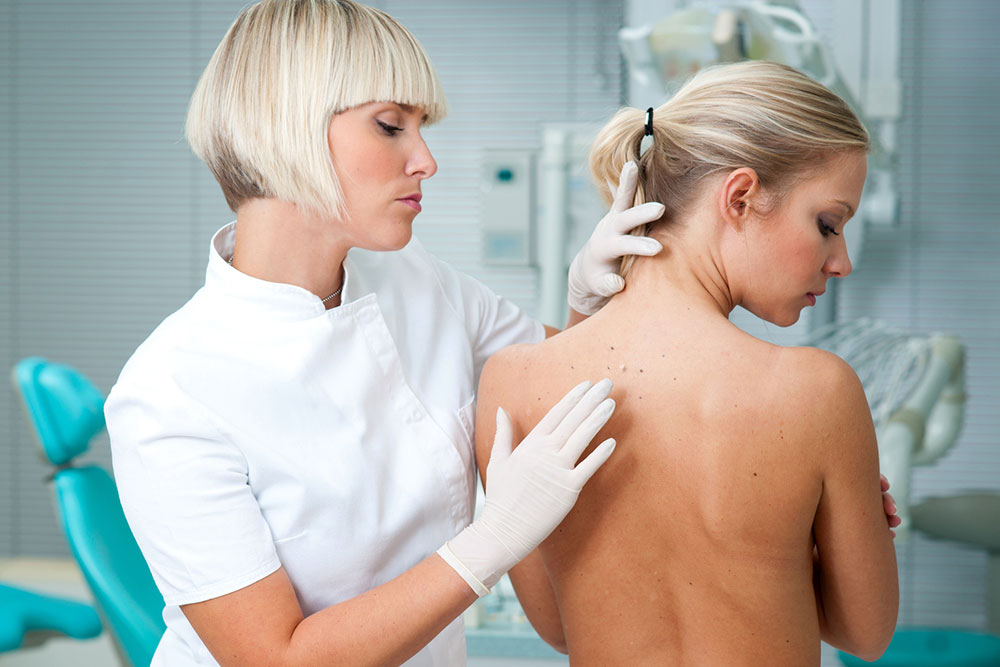8 common warning signs of blisters

Blisters can quickly escalate into uncomfortable and potentially painful conditions if not addressed in their early stages. Understanding the subtle yet crucial warning signs of blister formation is paramount for proactive prevention and effective management. Whether one is an avid hiker, a dedicated athlete, or simply navigating the demands of daily life, this knowledge is essential as it equips everyone with the information needed to safeguard their skin and maintain optimal comfort.
Skin sensitivity and redness
When skin becomes sensitive, it’s reacting to the pressure or friction it’s enduring. This heightened sensitivity is an early signal that the skin is under stress. It’s akin to a gentle alarm, alerting individuals to take heed. As the pressure continues, the area might also start to redden. This redness indicates the body’s response to the stress, as increased blood flow rushes to the area to support and heal the compromised skin.
Warmth and swelling
As the skin endures sustained pressure or friction, it responds by sending more blood to the affected area. This increased blood flow leads to the sensation of warmth. Swelling may occur as the body works to support and repair the skin. This phase can be likened to a natural ‘first aid’ response from the body, mobilizing resources to assist the stressed skin.
Itching or tingling sensation
Before a blister is visually apparent, the body often sends signals of discomfort. These itching or tingling sensations can be likened to a prelude to blister formation. It’s the body’s saying, “I need attention here.” Addressing these sensations promptly can halt the progression to an actual blister.
Formation of a small, fluid-filled sac
As the skin’s defenses are breached, a protective mechanism is activated. A small sac filled with clear fluid forms over the affected area. This fluid is a natural barrier, safeguarding the underlying skin from further harm. It’s important not to puncture or ‘pop’ the blister, as this can introduce infection and hinder the body’s healing process.
Discomfort or pain
Blisters can be uncomfortable, especially in regular movement or pressure areas. This discomfort arises from the pressure exerted on the sensitive area. It’s akin to the body’s way of emphasizing the need for care and attention. Listening to this pain is pivotal for preventing further aggravation.
Elevated skin
A key visual cue of a blister is its raised, bubble-like appearance. This elevation is distinctive, setting the blister apart from the surrounding skin. It clearly shows that the skin has undergone stress and requires care.
Possible discoloration
Depending on the underlying cause of the blister, there may be changes in skin color around the affected area. This could manifest as reddening, darkening, or even a purplish hue. This discoloration is part of the body’s response to stress, providing an additional visual cue for identifying a blister in its early stages.
Development of a white or yellowish center
As the blister progresses in its healing process, the body may reabsorb the fluid inside. This can lead to a change in appearance, with the center of the blister potentially turning white or yellowish. This natural progression indicates that the body is actively restoring the affected area.

